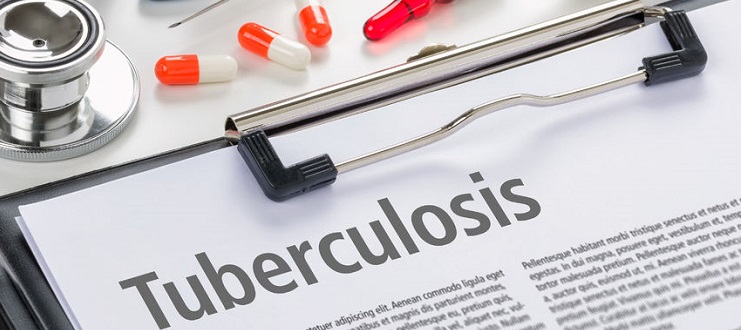

 Back to Suggested Publications
Back to Suggested Publications

This week's recommended reading is the article "Safety and Side Effects of Rifampin versus Isoniazid in Children", published in August 2018 on The New England Journal of Medicine.
SUMMARY
Tuberculosis is a major global health problem, with an estimated 10.4 million new cases worldwide in 2016; of these cases, 1.0 million occurred in children. It is estimated that 25% of persons worldwide have latent infection with Mycobacterium tuberculosis (M. tuberculosis), and that 10% of those who are infected will develop active tuberculosis.
The World Health Organization (WHO) is now recommending treatment for children under the age of 5 years, who are household contacts of a person with tuberculosis, in all settings. The currently recommended standard treatment for latent tuberculosis infection is isoniazid for 6 or 9 months, which, however, has been limited by poor adherence rates. In adults, shorter regimes with rifampin alone or isoniazid plus rifapentine have been found to be noninferior to 6-9 months of isoniazid. In a recent pediatric trial, investigators found better rates of safety and adherence with 3 months of isoniazid plus rifapentine than with 9 months of isoniazid.
The authors reported the results of a noninferiority, open-label, randomized trial, which compared 4 months of rifampin (10-20 mg/Kg/day) with 9 months of isoniazid (10-15 mg/Kg/day) for the treatment of latent tuberculosis infection in children (0 to 17 years of age), in Australia, Benin, Brazil, Canada, Ghana, Guinea, and Indonesia; the trial was part of a larger one, that involved both adults and children.
From October 2011 through January 2014, 829 subjects were enrolled. Of them, 128 were under 5 years of age, and 79 were under 2 years of age. No children infected with the human immunodeficiency virus (HIV) were enrolled. The drugs were administered by the participants or their caretakers. At each visit, providers performed pill counts to determine the doses administered.
The rate of overall treatment completion was significantly higher among children in the rifampin group than among those in the isoniazid group. No events of grades 1 through 5 were attributed to either trial drug. Among the children, who returned for at least one visit, there was no significant between-group difference in the percentage which reported minor symptoms.
Among the children in the rifampin group, no cases of active tuberculosis were diagnosed, during a total of 562 person-years of follow-up, as compared with 2 cases in 542 person-years of follow-up in the isoniazid group (rate difference: −0.37 cases per 100 person-years). One case occurred in a child, who had completed 9 months of isoniazid, which corresponded to a rate of 0.24 per 100 person-years, and 1 occurred in a child, who had not completed such therapy.
The authors reported no significant safety concerns with either regimen, but the rifampin group had better treatment-completion rates, and no adverse event, resulting in the permanent discontinuation of a trial drug, occurred in either group.
Although the occurrence of adverse events in the isoniazid group was much lower than predicted, the authors concluded that 4 months of rifampin was not inferior to 9 months of isoniazid with respect to safety. In addition, the two regimens were associated with similarly low rates of minor symptoms, probably due to actual low drug exposure in this population, following new WHO age-based dose recommendations, with the highest doses in the drug ranges administered to very young children.
Although the only cases of active tuberculosis were diagnosed in the isoniazid group, the authors did not conclude that 4 months of rifampin was either superior or noninferior to 9 months of isoniazid for the prevention of active tuberculosis, but they suggested its possible effectiveness.
The authors highlighted the several strengths of their trial, such as the randomized design, the large sample size, and the different socio-economic status of participants. They also reported the main limitation of the trial, which was its open-label design, even though, to reduce the risk of bias in ascertaining and reporting outcomes, all adverse events and active cases of tuberculosis were adjudicated by independent panels in a blinded manner.
They concluded that, in children with latent tuberculosis, a regimen of 4 months of rifampin had better rates of completion than 9 months of isoniazid, with similar safety profiles in the two trial groups.
AUTHORS: T. Diallo, M. Adjobimey, R. Ruslami, A. Trajman, O. Sow, J. Obeng Baah, G.B. Marks, R. Long, K. Elwood, D. Zielinski, M. Gninafon, D.A. Wulandari, L. Apriani, C. Valiquette, F. Fregonese, K. Hornby, P.-Z. Li, P.C. Hill, K. Schwartzman, A. Benedetti, and D. Menzies.